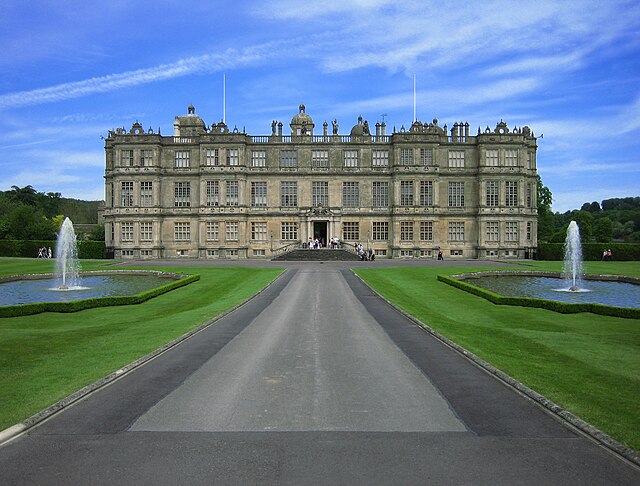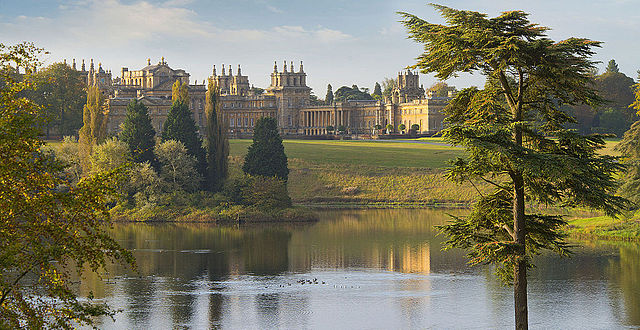Rothschild properties in the home counties
In the 19th century members of the English Rothschild family bought and built many country houses in the home counties, furnishing them with the art the family collected. The area of the Vale of Aylesbury, where many of the houses were situated, became known as "Rothchildshire". In the 20th century many of these properties were sold off with their art collections dispersed. Today only Eythrope House still belongs to the family; however, they still retain influence in how Ascott House and Waddesdon Manor are managed. In the loss of country houses in the 20th century only Aston Clinton was lost.
Waddesdon Manor, the north entrance facade.
Mentmore Towers
Halton House, Buckinghamshire
Flint House
An English country house is a large house or mansion in the English countryside. Such houses were often owned by individuals who also owned a town house. This allowed them to spend time in the country and in the city—hence, for these people, the term distinguished between town and country. However, the term also encompasses houses that were, and often still are, the full-time residence for the landed gentry who dominated rural Britain until the Reform Act 1832. Frequently, the formal business of the counties was transacted in these country houses, having functional antecedents in manor houses.
Belton House is an English country house in Lincolnshire
In the 20th century Longleat House was the first country house to open to the paying public, and also claims the first safari park outside Africa.
Blenheim Palace
Forde Abbey in Dorset. Many country houses have evolved and been extended over several centuries. Here, the architecture runs from Medieval ecclesiastical to Palladian and on to Strawberry Hill Gothic, while at sometime an attempt at unity has been made by the use of crenelation.








